Liangliang Cheng
Inverse Design with Dynamic Mode Decomposition
Feb 13, 2025Abstract:We introduce a computationally efficient method for the automation of inverse design in science and engineering. Based on simple least-square regression, the underlying dynamic mode decomposition algorithm can be used to construct a low-rank subspace spanning multiple experiments in parameter space. The proposed inverse design dynamic mode composition (ID-DMD) algorithm leverages the computed low-dimensional subspace to enable fast digital design and optimization on laptop-level computing, including the potential to prescribe the dynamics themselves. Moreover, the method is robust to noise, physically interpretable, and can provide uncertainty quantification metrics. The architecture can also efficiently scale to large-scale design problems using randomized algorithms in the ID-DMD. The simplicity of the method and its implementation are highly attractive in practice, and the ID-DMD has been demonstrated to be an order of magnitude more accurate than competing methods while simultaneously being 3-5 orders faster on challenging engineering design problems ranging from structural vibrations to fluid dynamics. Due to its speed, robustness, interpretability, and ease-of-use, ID-DMD in comparison with other leading machine learning methods represents a significant advancement in data-driven methods for inverse design and optimization, promising a paradigm shift in how to approach inverse design in practice.
CNN-DST: ensemble deep learning based on Dempster-Shafer theory for vibration-based fault recognition
Oct 14, 2021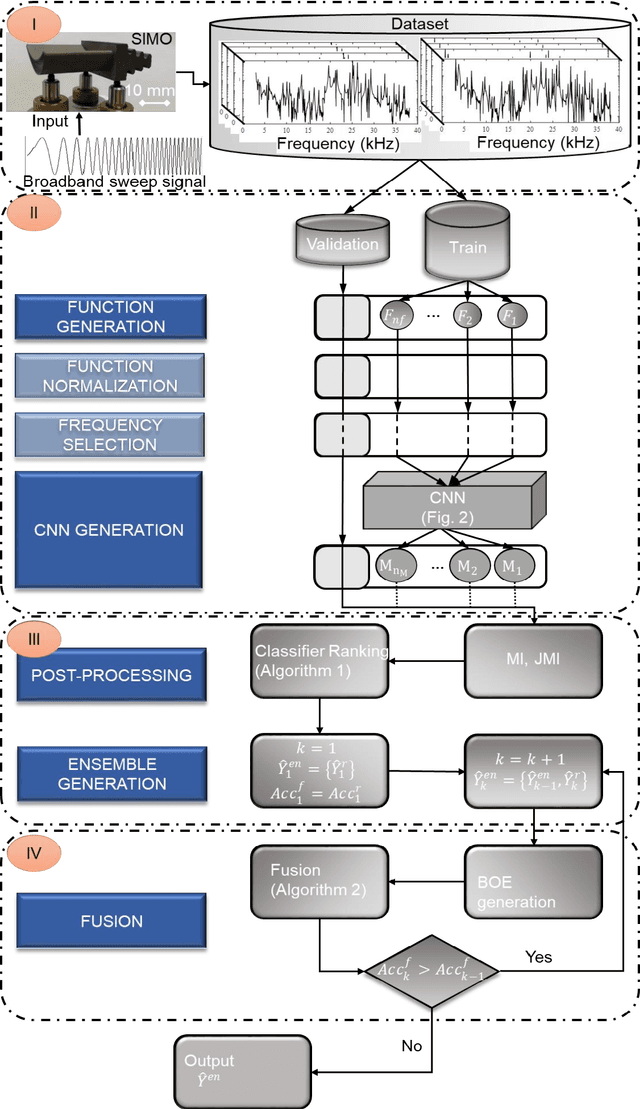
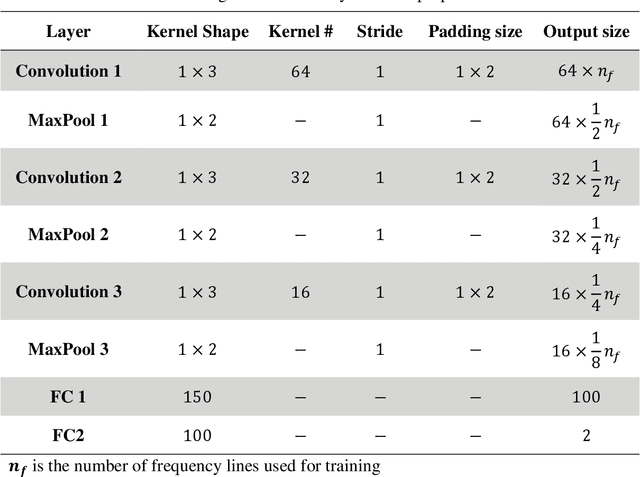
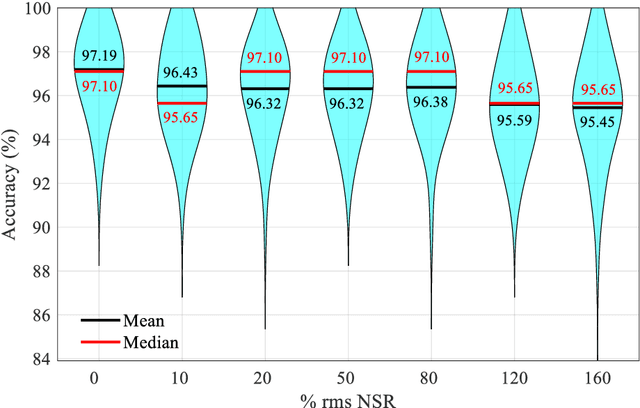
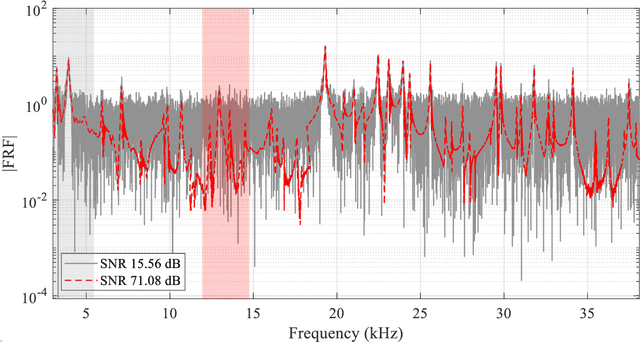
Abstract:Nowadays, using vibration data in conjunction with pattern recognition methods is one of the most common fault detection strategies for structures. However, their performances depend on the features extracted from vibration data, the features selected to train the classifier, and the classifier used for pattern recognition. Deep learning facilitates the fault detection procedure by automating the feature extraction and selection, and classification procedure. Though, deep learning approaches have challenges in designing its structure and tuning its hyperparameters, which may result in a low generalization capability. Therefore, this study proposes an ensemble deep learning framework based on a convolutional neural network (CNN) and Dempster-Shafer theory (DST), called CNN-DST. In this framework, several CNNs with the proposed structure are first trained, and then, the outputs of the CNNs selected by the proposed technique are combined by using an improved DST-based method. To validate the proposed CNN-DST framework, it is applied to an experimental dataset created by the broadband vibrational responses of polycrystalline Nickel alloy first-stage turbine blades with different types and severities of damage. Through statistical analysis, it is shown that the proposed CNN-DST framework classifies the turbine blades with an average prediction accuracy of 97.19%. The proposed CNN-DST framework is benchmarked with other state-of-the-art classification methods, demonstrating its high performance. The robustness of the proposed CNN-DST framework with respect to measurement noise is investigated, showing its high noise-resistance. Further, bandwidth analysis reveals that most of the required information for detecting faulty samples is available in a small frequency range.
Vibration-Based Condition Monitoring By Ensemble Deep Learning
Oct 13, 2021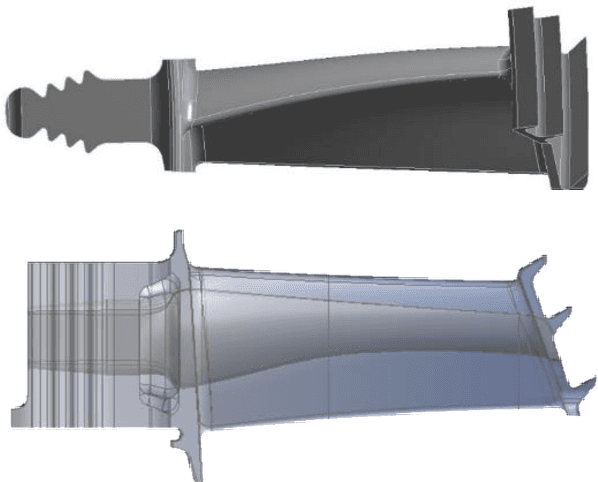
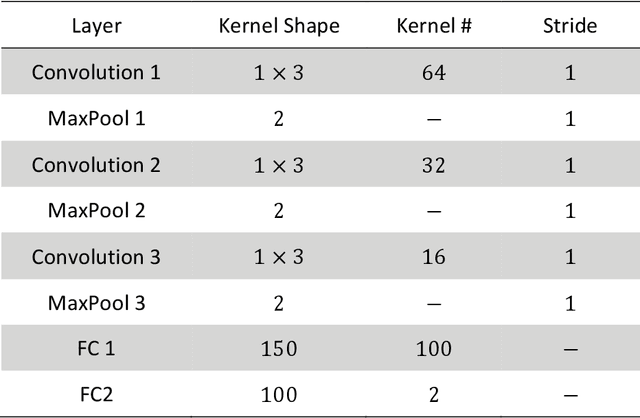
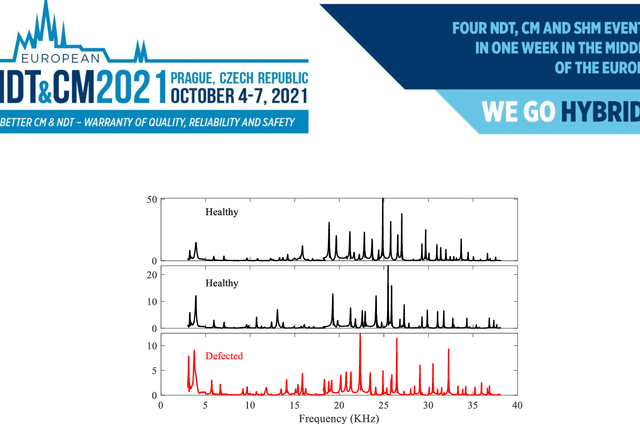

Abstract:Vibration-based techniques are among the most common condition monitoring approaches. With the advancement of computers, these approaches have also been improved such that recently, these approaches in conjunction with deep learning methods attract attention among researchers. This is mostly due to the nature of the deep learning method that could facilitate the monitoring procedure by integrating the feature extraction, feature selection, and classification steps into one automated step. However, this can be achieved at the expense of challenges in designing the architecture of a deep learner, tuning its hyper-parameters. Moreover, it sometimes gives low generalization capability. As a remedy to these problems, this study proposes a framework based on ensemble deep learning methodology. The framework was initiated by creating a pool of Convolutional neural networks (CNN). To create diversity to the CNNs, they are fed by frequency responses which are passed through different functions. As the next step, proper CNNs are selected based on an information criterion to be used for fusion. The fusion is then carried out by improved Dempster-Shafer theory. The proposed framework is applied to real test data collected from Equiax Polycrystalline Nickel alloy first-stage turbine blades with complex geometry.
A novel multi-classifier information fusion based on Dempster-Shafer theory: application to vibration-based fault detection
Dec 04, 2020
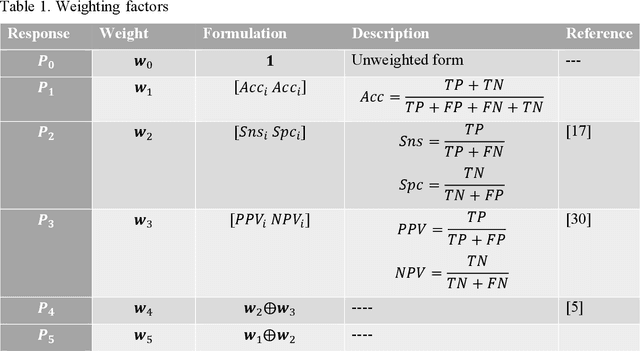
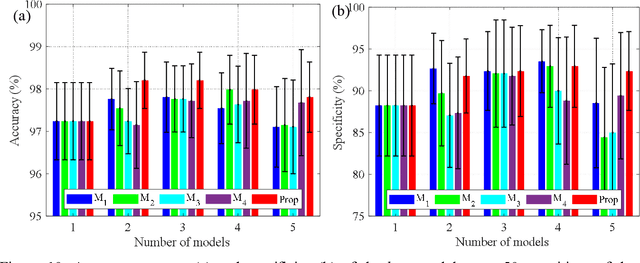
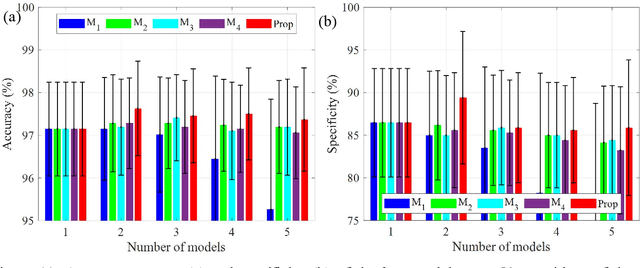
Abstract:Achieving a high prediction rate is a crucial task in fault detection. Although various classification procedures are available, none of them can give high accuracy in all applications. Therefore, in this paper, a novel multi-classifier fusion approach is developed to boost the performance of the individual classifiers. This is acquired by using Dempster-Shafer theory (DST). However, in cases with conflicting evidences, the DST may give counter-intuitive results. In this regard, a preprocessing technique based on a new metric is devised in order to measure and mitigate the conflict between the evidences. To evaluate and validate the effectiveness of the proposed approach, the method is applied to 15 benchmarks datasets from UCI and KEEL. Further, it is applied for classifying polycrystalline Nickel alloy first-stage turbine blades based on their broadband vibrational response. Through statistical analysis with different levels of noise-to-signal ratio, and by comparing with four state-of-the-art fusion techniques, it is shown that that the proposed method improves the classification accuracy and outperforms the individual classifiers.
Multi-Classifier selection-fusion framework: application to NDT of complex metallic parts
Jul 17, 2020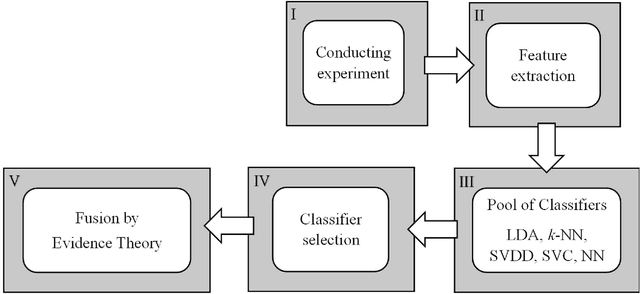
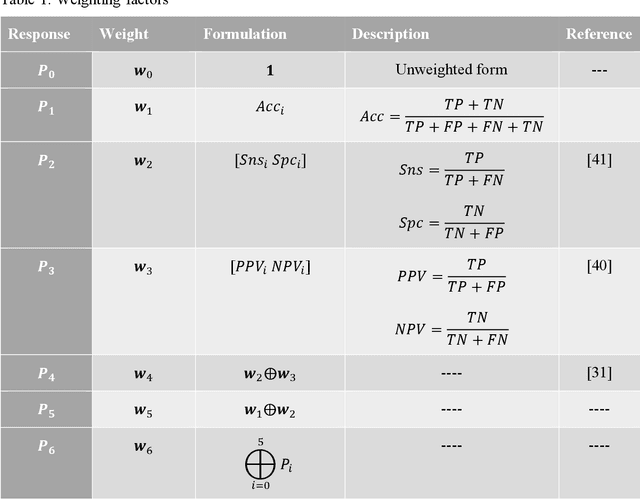
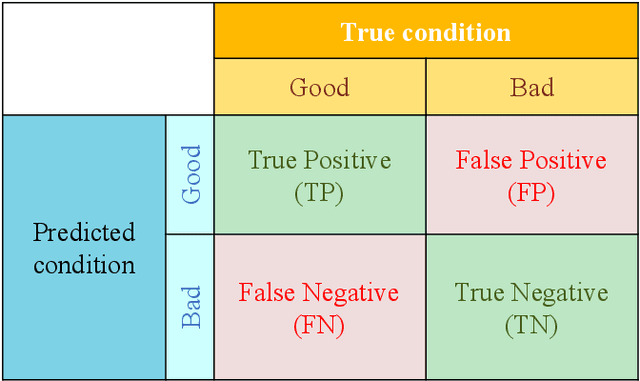
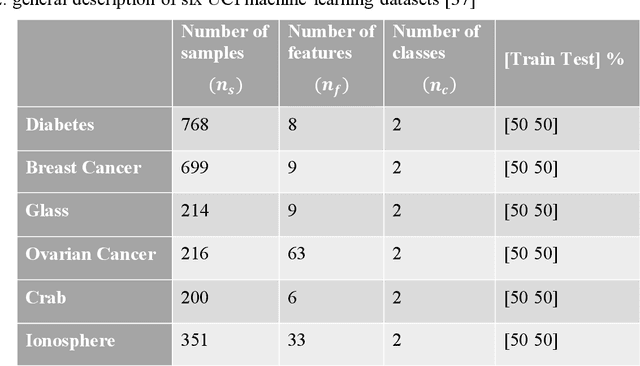
Abstract:Recent advances in computational methods, material science, and manufacturing technologies reveal promising potentials for using geometrically complex parts to optimize the performance of structural systems. However, this potential has not yet been activated partly due to the immaturity of nondestructive testing (NDT) of such complex parts. Process compensated resonance testing (PCRT) is one of the methods that are in the focus of researchers for this purpose. The key to success for the PCRT approach is to use high-frequency vibration data in conjunction with statistical pattern recognition methods for supervised classification of parts in terms of their structural quality. In this paper, a multi classifier selection-fusion framework based on the Dempster-Shafer theory is proposed. Two new weighting approaches are introduced to enhance the fusion performance, and as such the classification performance. The effectiveness of the proposed framework is validated by its application to six UCI machine learning datasets and one experimental dataset collected from polycrystalline Nickel alloy first-stage turbine blades with a variety of damage features. Comparison with four state-of-the-art fusion techniques shows the good performance of the introduced classifier selection-fusion framework.
 Add to Chrome
Add to Chrome Add to Firefox
Add to Firefox Add to Edge
Add to Edge